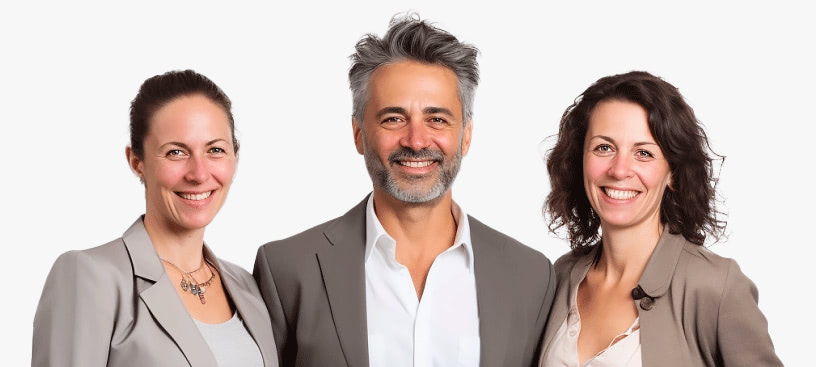The Content Plan for Busy People. Simple, Concise and to the Point.
This relatively simple step-by-step inbound content plan will work for most small and medium-sized companies. While the schedule is weekly, it could very well be monthly. It’s flexible to fit most time and budget constraints.
Overview
Inbound marketing aims to get qualified prospects in the door so you can start wooing them. Inbound marketing uses content as an attractor. When successful, the content captures some contact information from prospects and then nurtures them until they eventually become customers. This simple inbound content plan can be significantly expanded, but I’ve tried to include the most important bits in a way that is straightforward and easy to understand.
|
Summary: The simple inbound content process This is essentially what I am about to tell you to do:
|
The plan in a nutshell
Philosophy: You have to give something to get something
A good inbound content initiative will create a connection between you and your prospect. Ideally, you will get the prospect’s name and email address to be able to further the conversation (nurturing). The main success metric of this inbound process is obtaining the contact information of qualified prospects. Later, we’ll gather more information to serve them better to augment the data set, but for now, just the name and email will do because…well, we have to start somewhere.
The process described below will walk you through the steps needed to obtain a prospect’s contact information by offering something of value in return for people’s contact information (and a solemn promise to keep it safe).
It’s a three-step process
It’s a three-step process. Some will say (rightly) that it has more steps. But I’m not here to confuse you more than need be.
Step one
First, you attract prospects with short-form content. This content is excellent but doesn’t quite provide all the details they need to solve their problem.
Step two
To ultimately satisfy themselves, they must perform the second step: download the longer-form content (an e-book in this case). To get that, they must provide their name and email.
Step three
The name and email will then be added to a very selective email list in which they will only receive helpful emails that continue to solve their problems and build the relationship further.
Moving prospects down the funnel
The image below was borrowed from Hubspot.
At the top, prospects are just browsing the web, trying to find a solution. You entice them with your awesome content. Your content is so good they give you their information, making them leads.
Now they’re further down the funnel. Then you help them along some more, they give you more information about themselves voluntarily – now they’re marketing qualified leads… etc…
Ready to Get Started?
The Simple Inbound Content Plan |
|
|---|---|
1. Define your target audience (persona) |
2. Write an e-book that will provide value to your target audience |
3. Write and publish five blog posts that touch on topics related to your e-book |
4. Create a post to sponsor |
5. Write and publish social media posts to promote your blog content and e-book |
6. Schedule everything |
7. Repeat |
|
The devil is in the details
Each of these steps is an entire task unto itself.
- Persona development (finding out who your ideal customer is) can be a significant undertaking. You can outsource this task to an agency. But if you’re a small company, you probably know who your ideal customer is already. Perhaps you could even describe them in a paragraph.
- E-book writing is another challenge. If you’re not an expert in the field, you’ll have to learn a lot to create a valuable resource. Again, outsourcing is an option, but if you want to build your brand as an authority in your field, you might want to write it yourself.
- Blog writing is also something that many small companies struggle with. It’s a matter of time. Some don’t have enough; others don’t have the expertise. You can use freelance writers to create content, but it might take a few tries to find someone good.
- Paid content will probably be the most challenging part of the process. You’ll need a budget, and you’ll need to understand the platform you’re using.
- Social media is both easy and hard. Easy because it’s mostly free. Hard because it’s very time-consuming.
- Scheduling can be straightforward or complicated, depending on how much content you’re creating.
Summary
So, that’s the process in a nutshell. It’s a lot of work, but it can be very rewarding. Not only will you be attracting prospects to your site, but you’ll also be providing them with valuable information that they can use to solve their problems. And if you do it right, you’ll be building a relationship with them that will last a long time.
Good luck!
Tags: Reputation Marketing.
